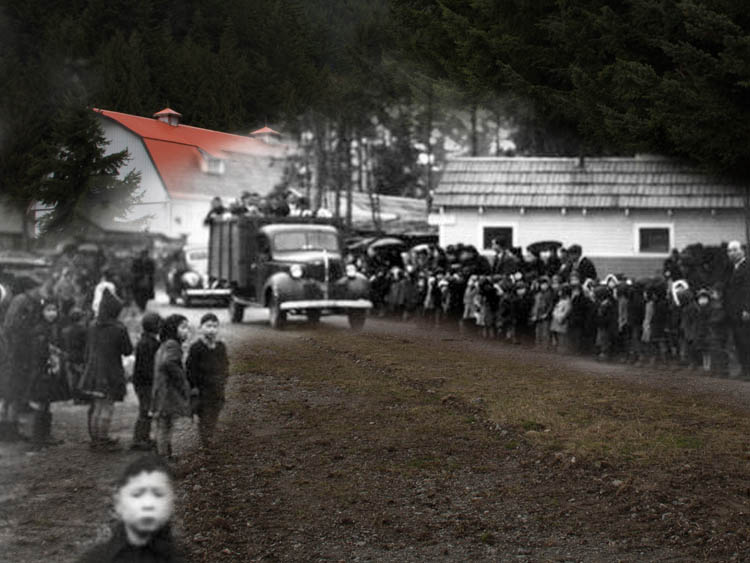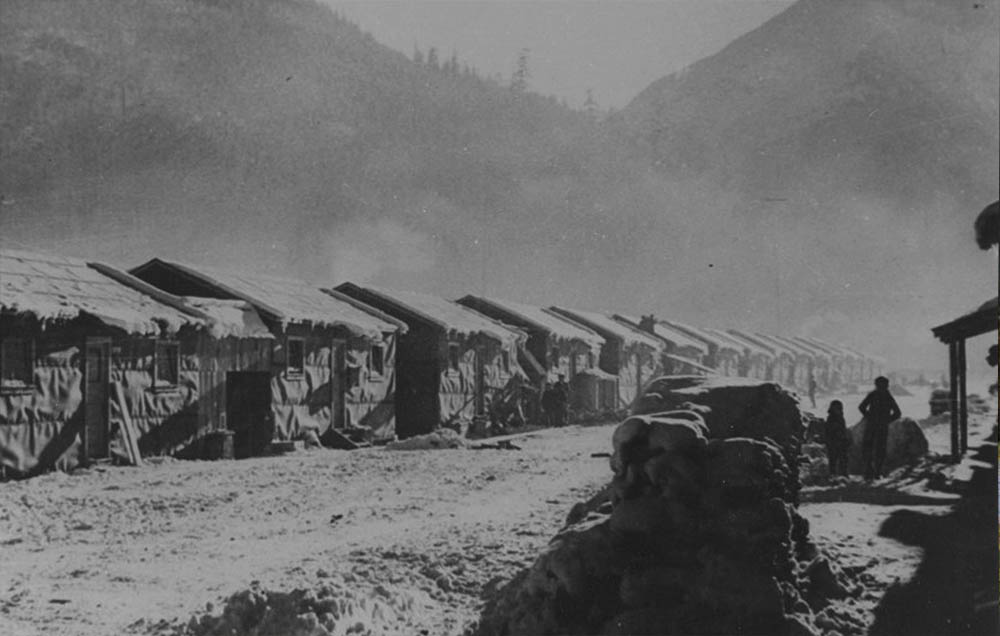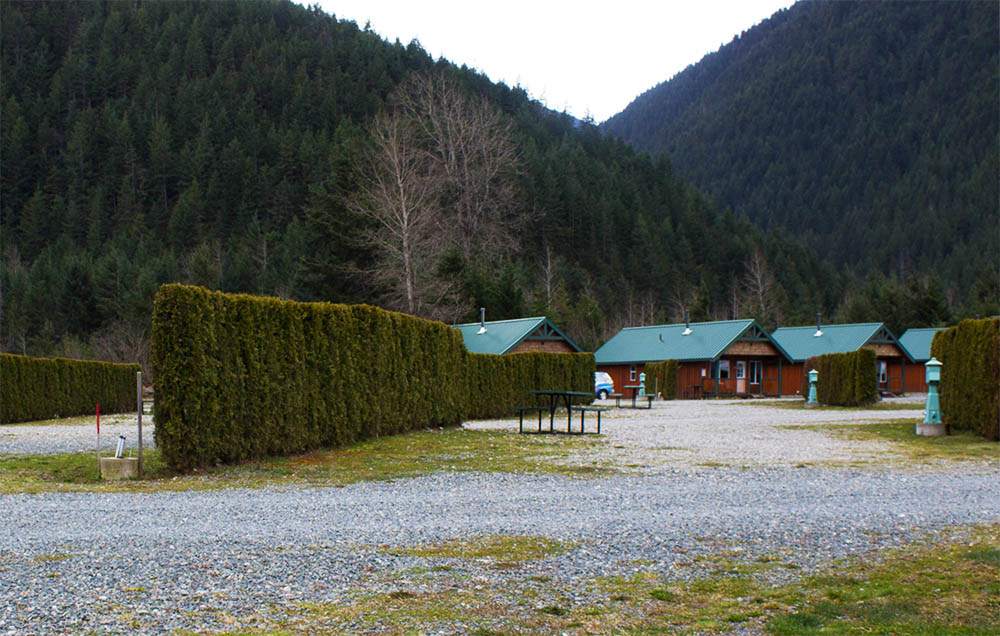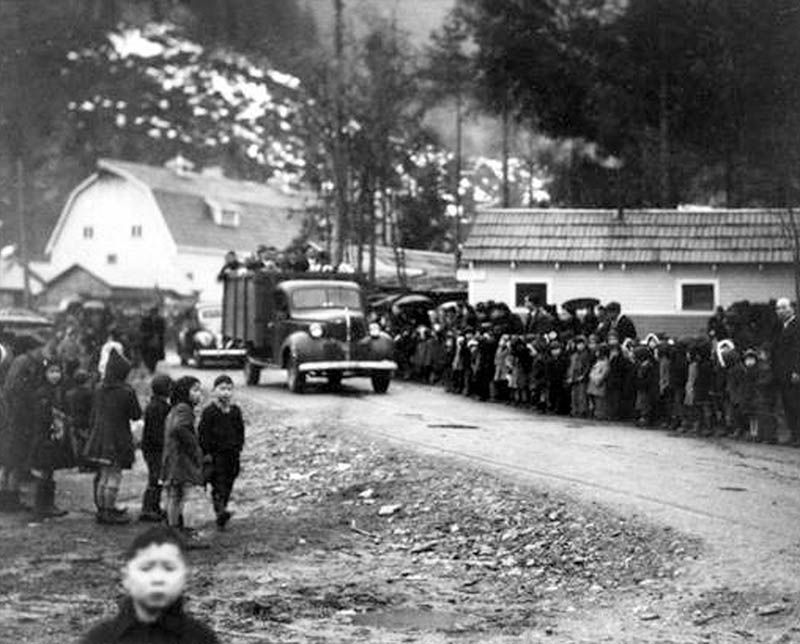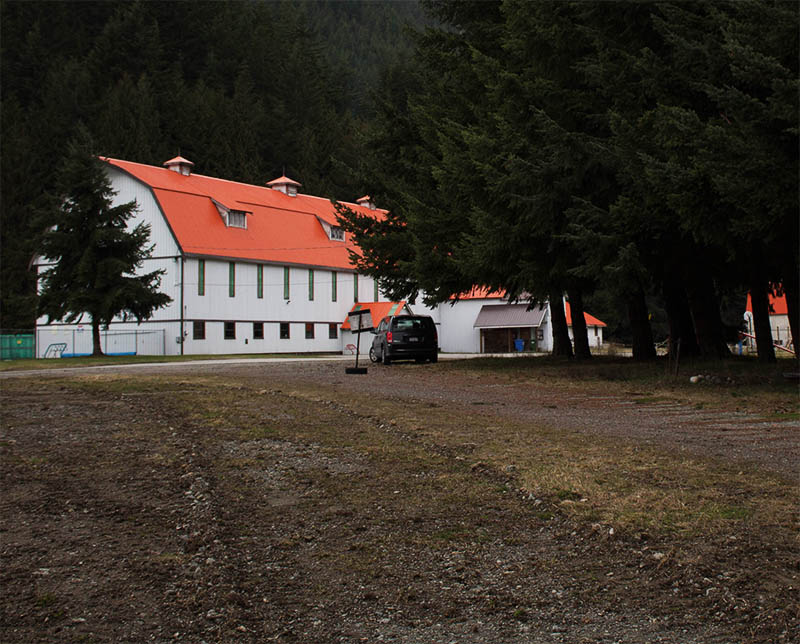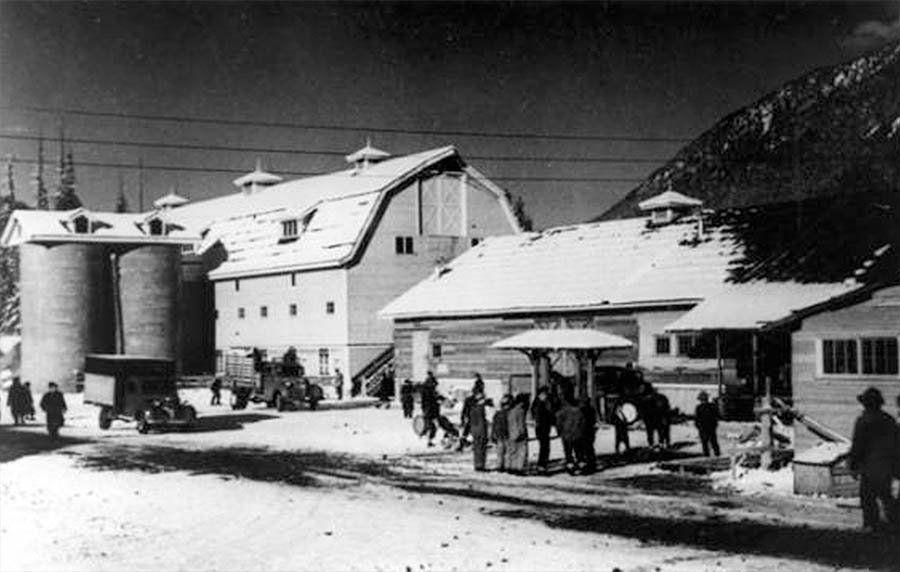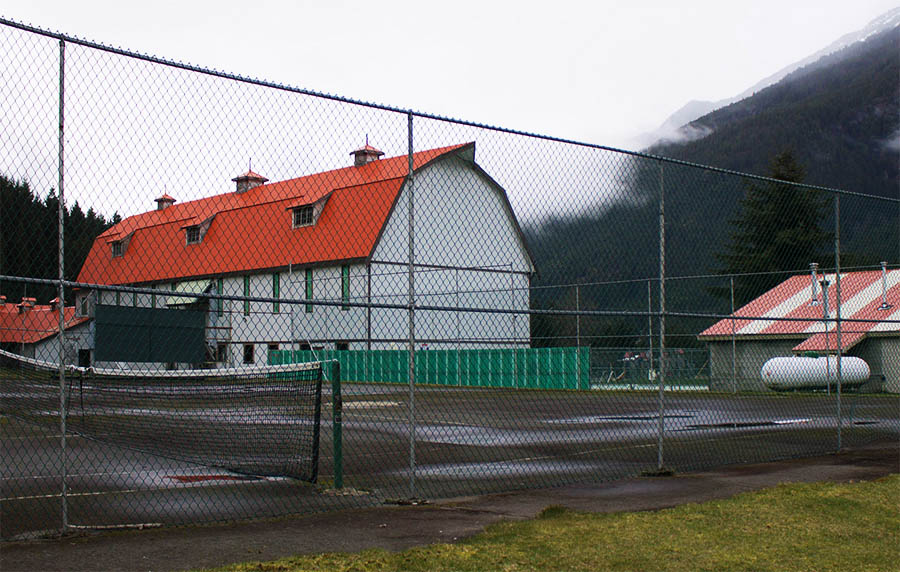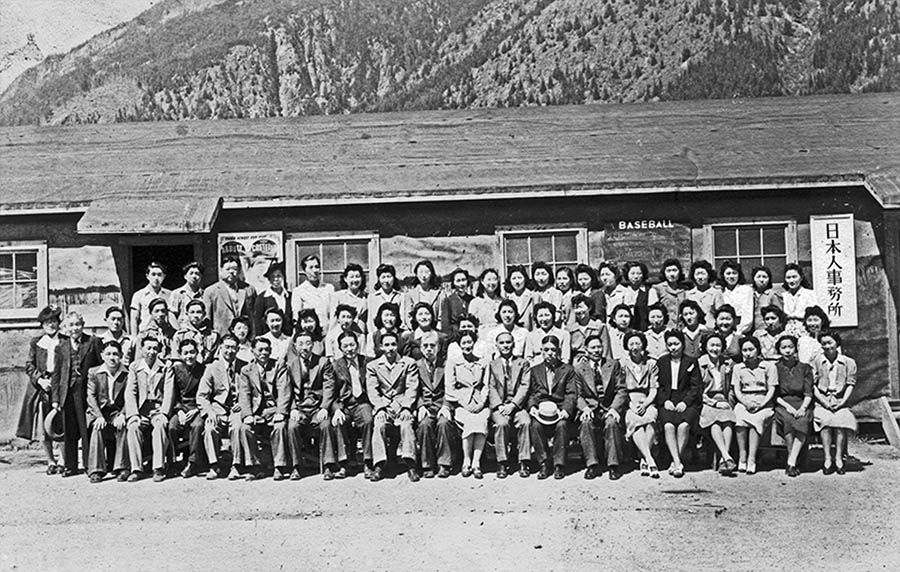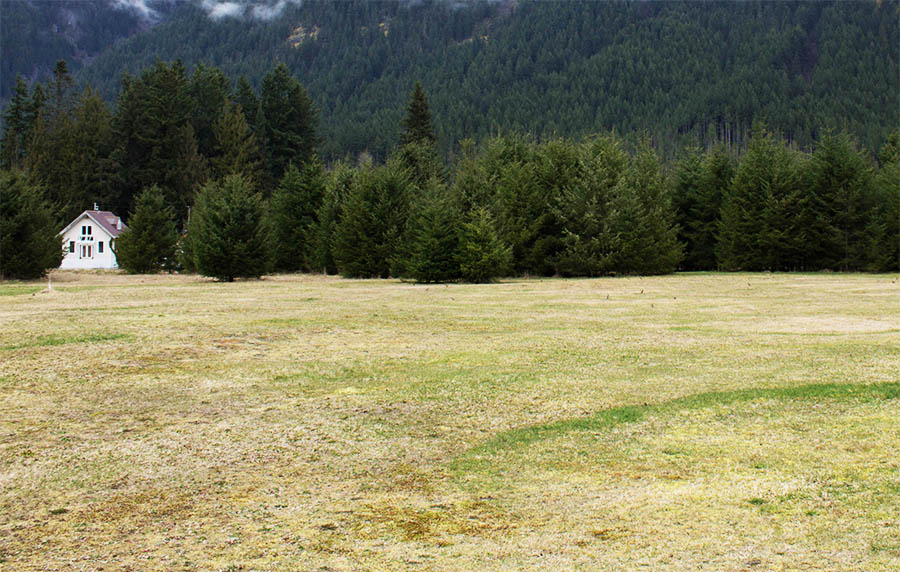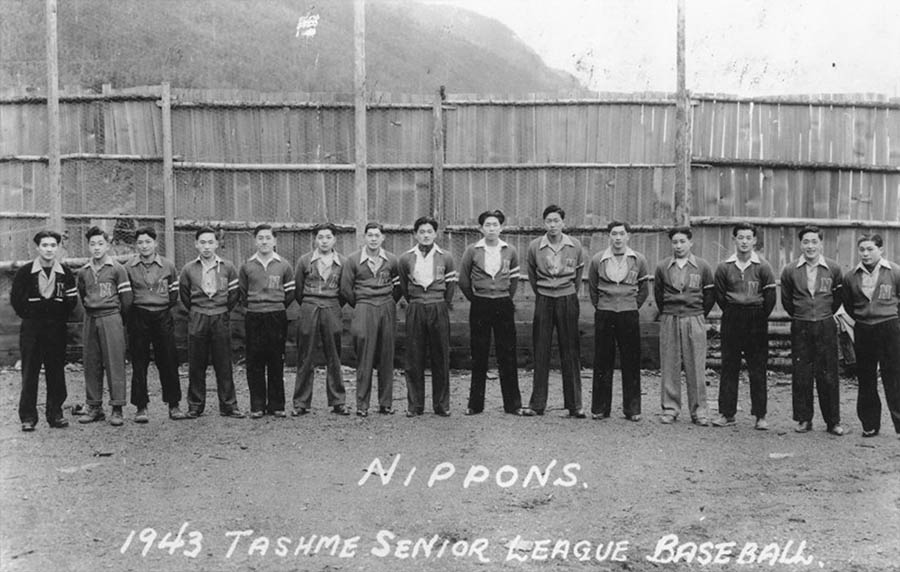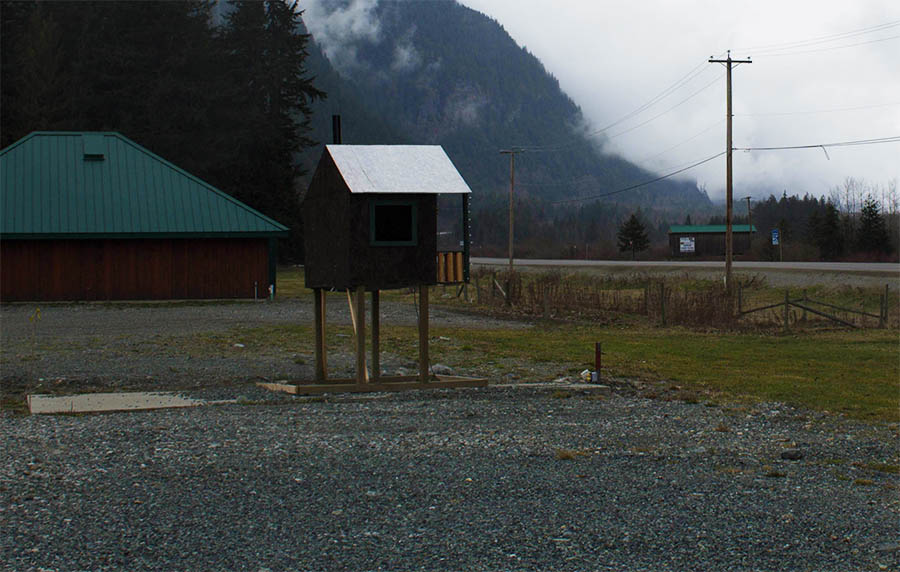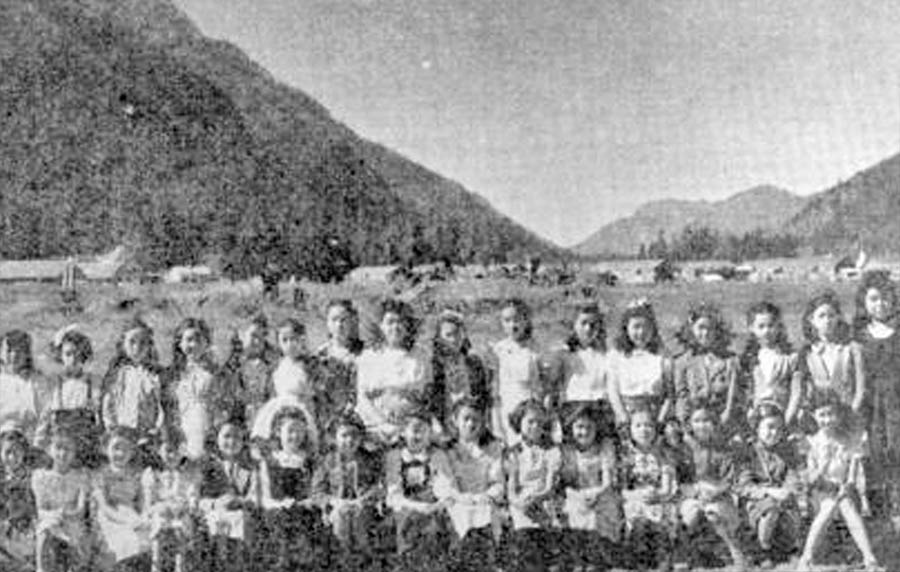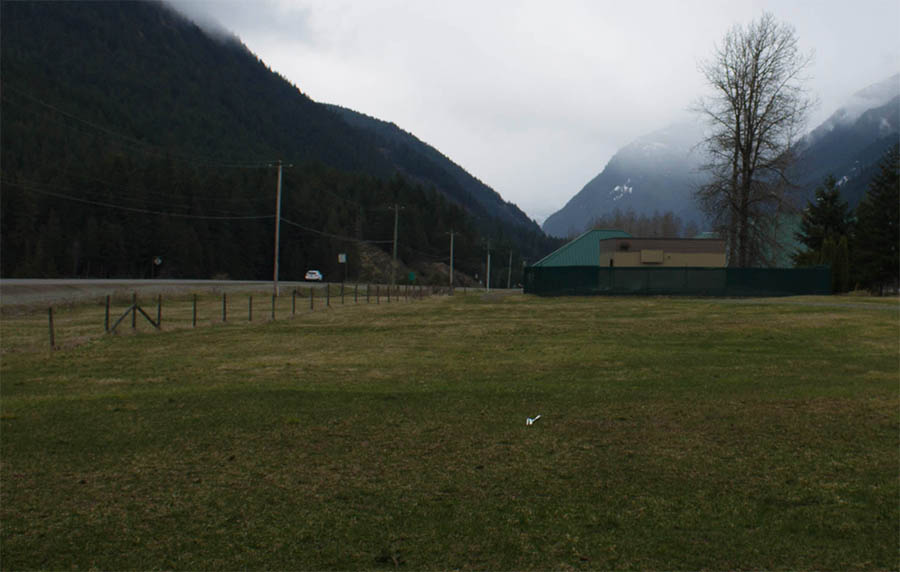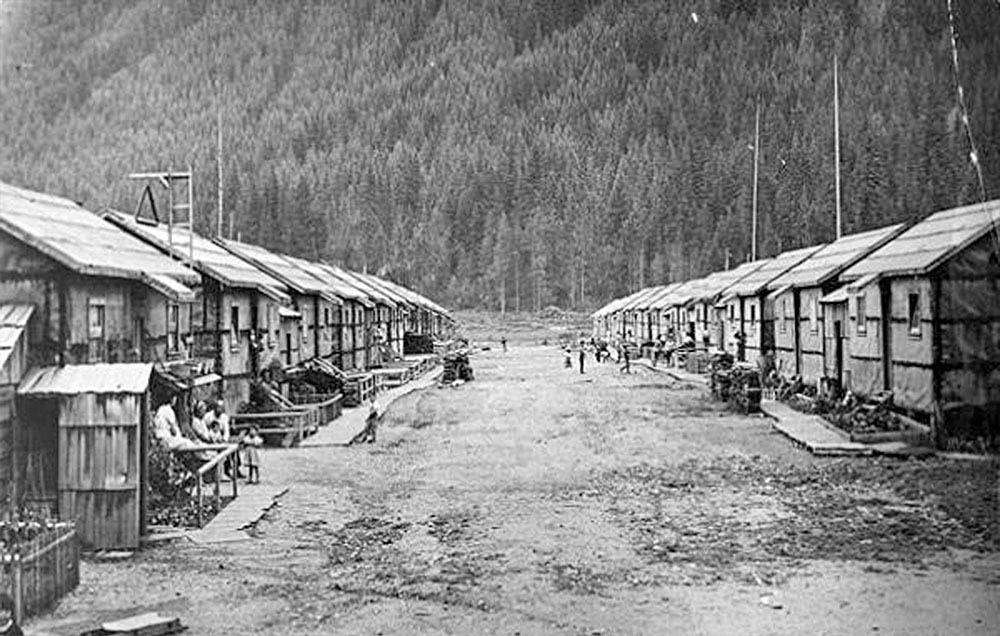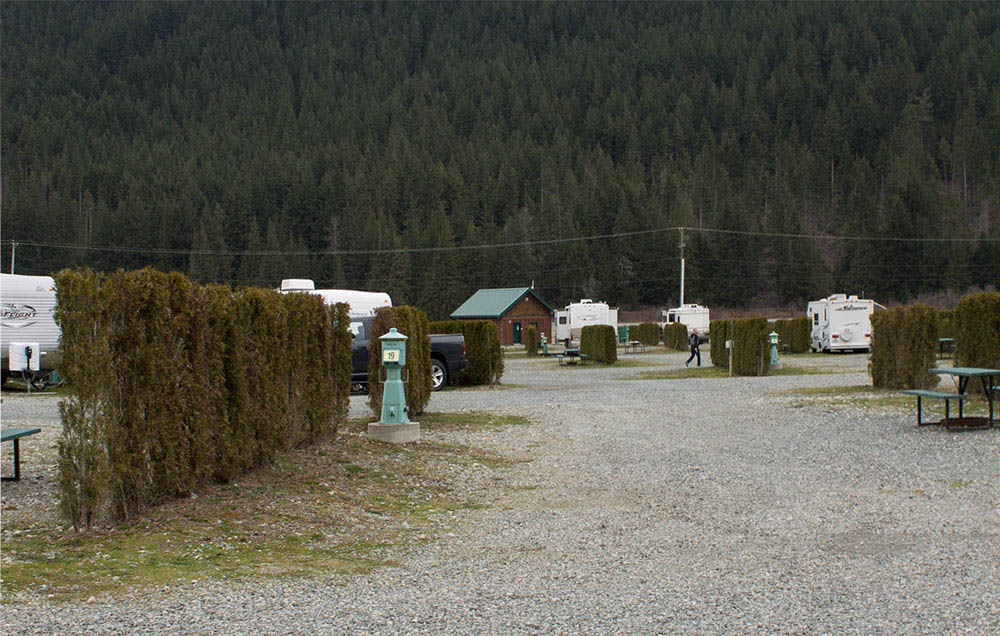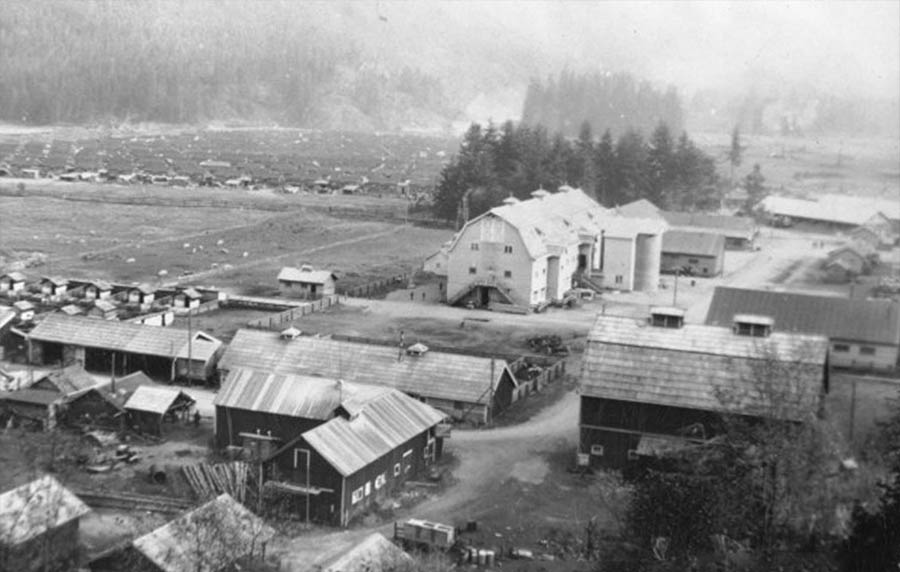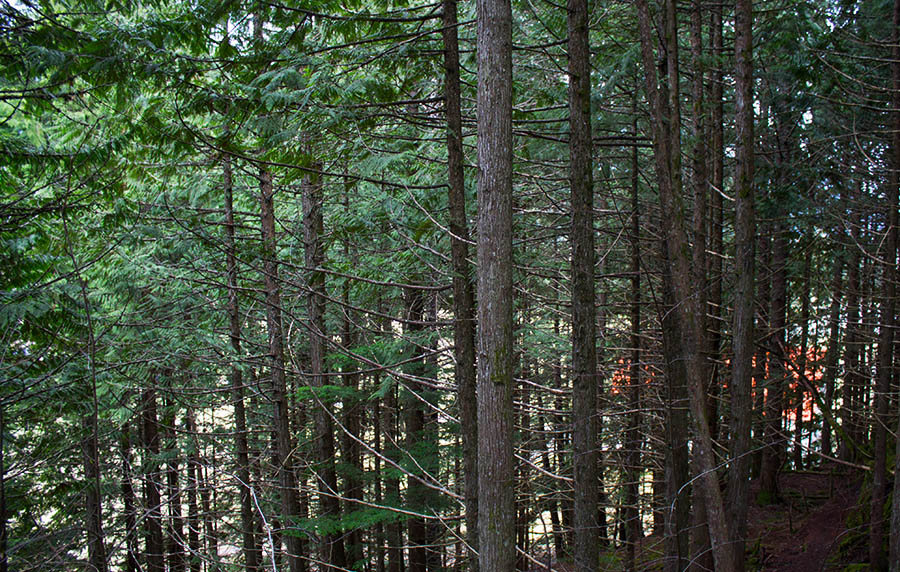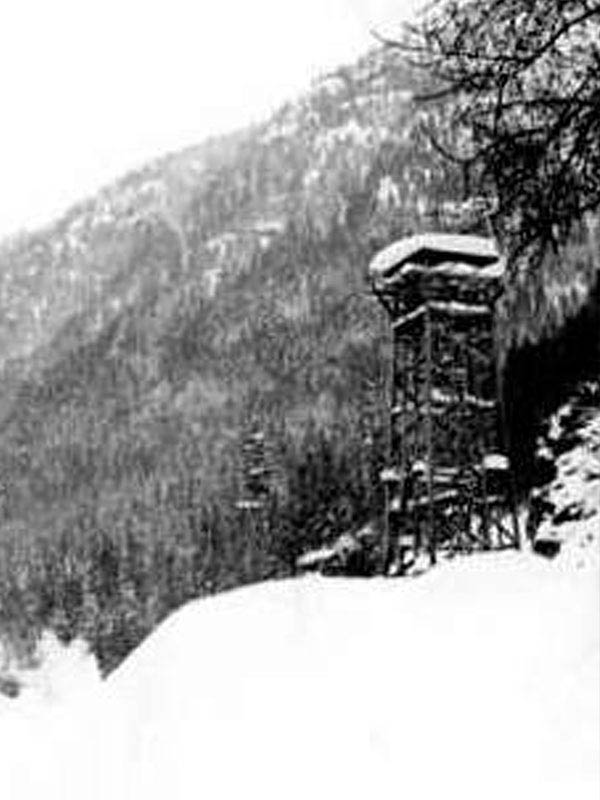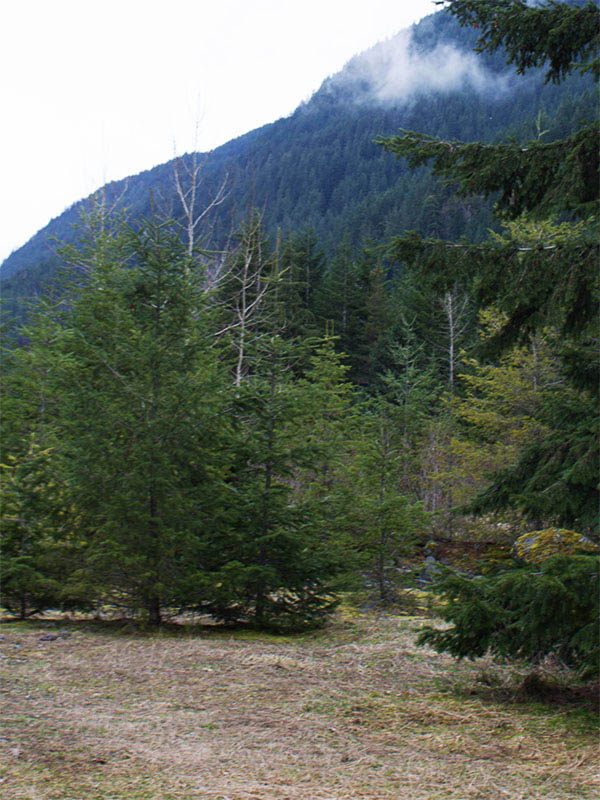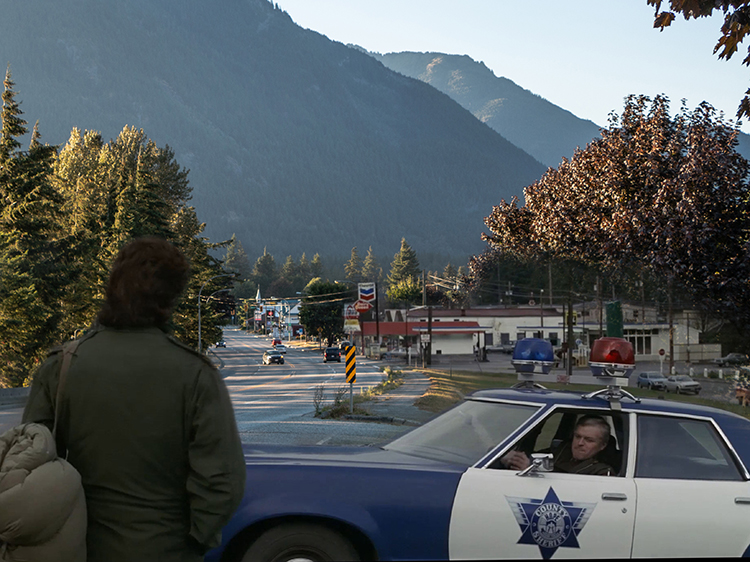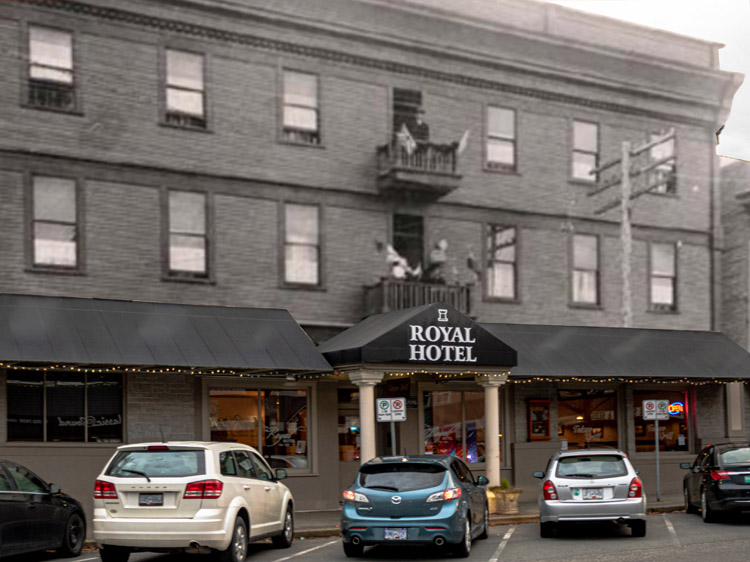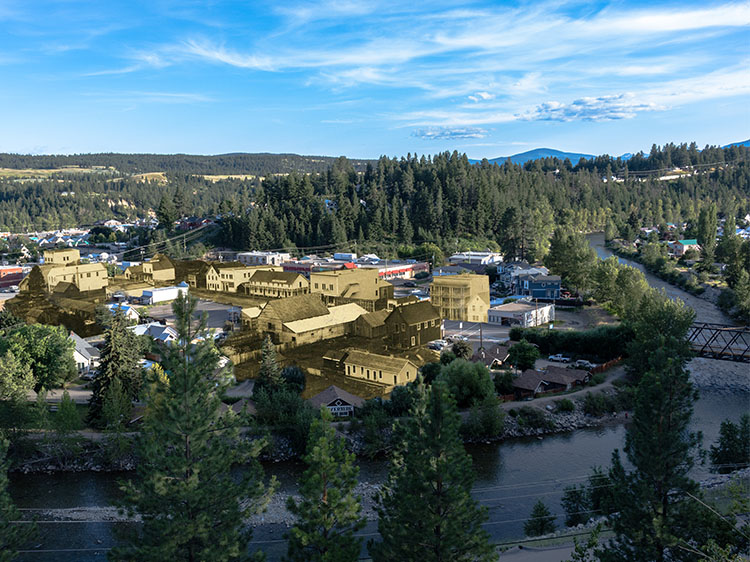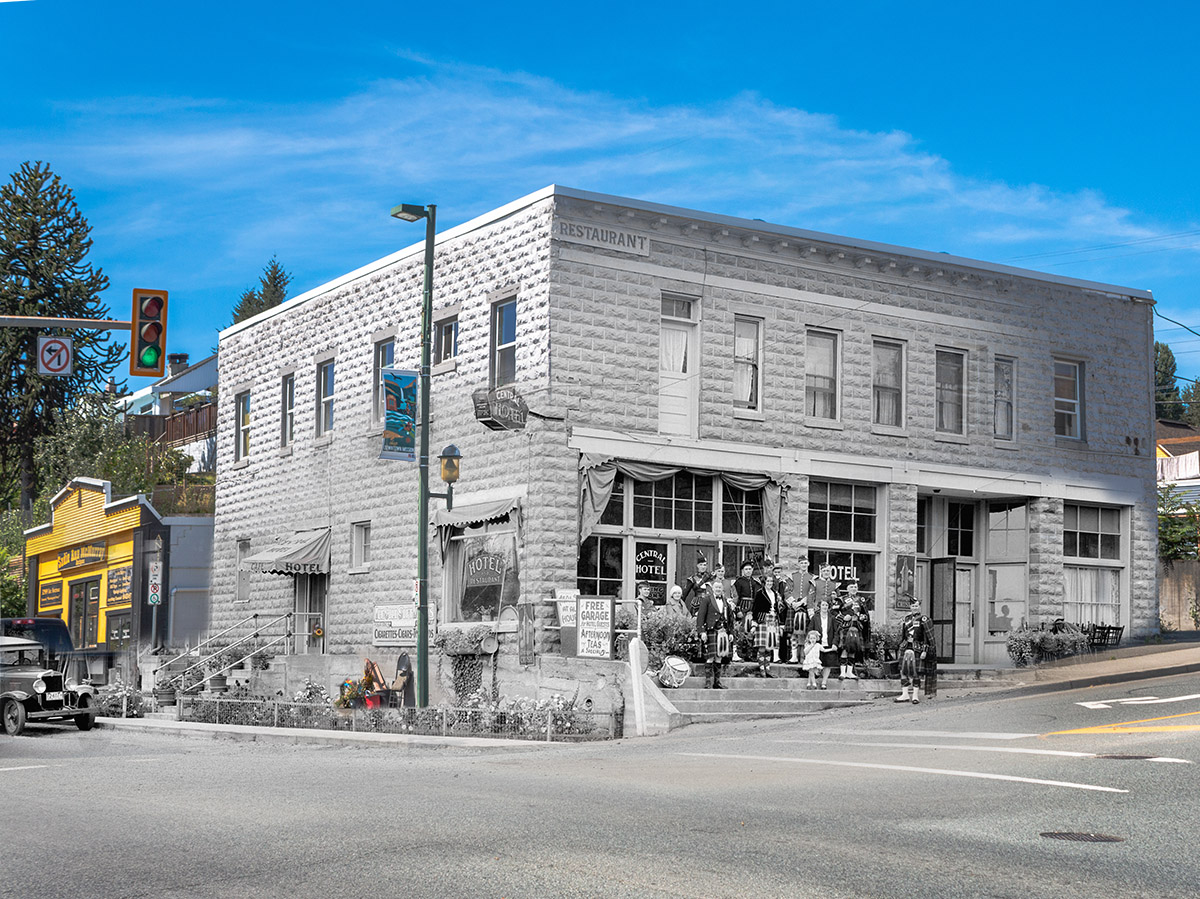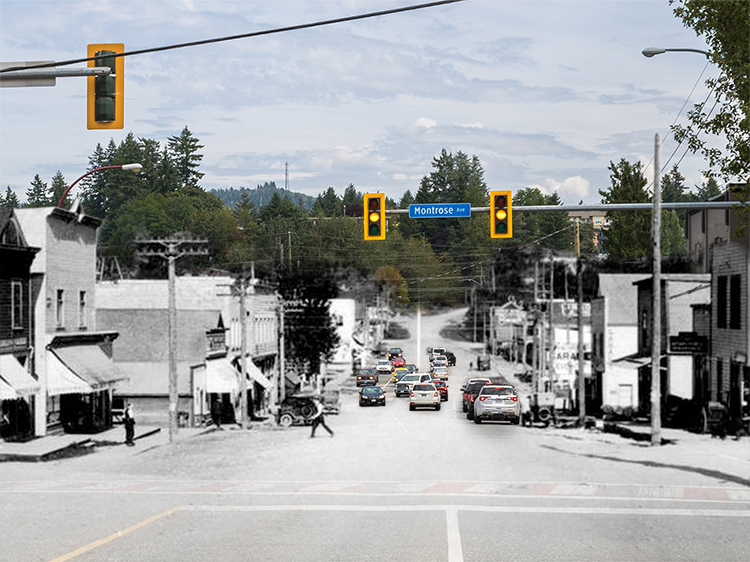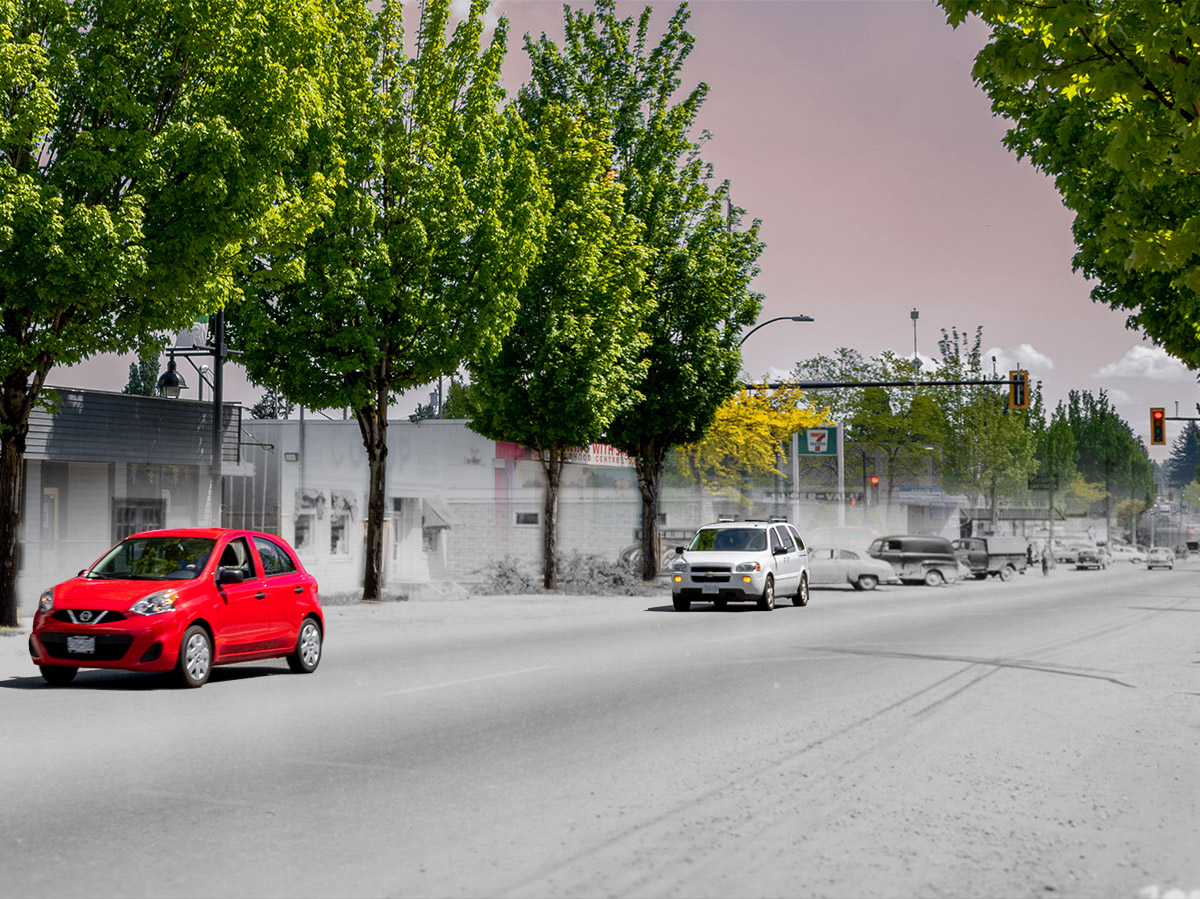Partner City
Tashme
Japanese Internment Camp
Japanese had been migrating to British Columbia since the 1860s. They worked at sawmills or on fishing boats, raised families and struggled to gain acceptance in Canada. By 1941 there were 13,000 Nissei, as they were called, in British Columbia. Most of them were concentrated in Vancouver's Japantown in the downtown east side. After Japanese forces attacked American and British Empire forces in 1941, Canada too was at war with Japan. In the bleak months of early 1942 the fear of Japanese attack on British Columbia reached a fever pitch and the province's white residents become openly hostile towards the Nissei in their midst. Even though many Nissei had fought valiantly for Canada in the First World War and most had only ever known Canada as their home, the racist attitudes prevalent at the time were impossible to overcome. The government responded to public pressure by rounding up all the Nissei and sending them to internment camps in B.C.'s mountains and the interior. It was one of the gravest violations of civil liberties in Canada's history. Tashme, a mountain valley 22 kilometres southeast of Hope, was the site of one of those camps. 2,600 Nissei were crammed into primmitive and unsanitary shacks at Tashme during the harsh winter of 1942-43. They would remain there for the remainder of the war. When the war ended in 1945 however they were still forbidden to return to their homes. Indeed, they had no homes to return to: the government had seized all their property and sold it off at bargain basement prices. The government encouraged the Nissei to move to eastern Canada and leave British Columbia altogether. The ban on Japanese-Canadians living on Canada's West Coast remained in place until 1949, four years after the war had ended--proof that internment had more to do with racism than military necessity. Few of the Nissei would ever return to Japantown or the other numerous cities they had called home. To learn more about Tashme and the experience of the Japanese-Canadians there, visit tashme.ca, a project developed by the Nikkei National Museum in Burnaby
Explore
Tashme
Then and Now Photos
Wintertime
SEDAI: Japanese Canadian Legacy Project
The harsh winter conditions and ramshackle living quarters at Tashme, a mountain valley 14 miles southeast of Hope. Today it is an RV Park.
Arrival
University of British Columbia Archives, JCPC_ 08_019
Trucks bring new arrivals to Tashme as a crowd of Nissei adults and children look on.
Wintertime at Tashme
Wintertime at Tashme. The first winter of 1942-43 was especially challenging as the Nissei struggled with the frigid temperatures in their tar paper shacks.
School Portrait
SEDAI: Japanese Canadian Legacy Project
The interned Japanese-Canadians made the best of a bad situation and developed a vibrant communal life in the camp, which included schools, community associations and a local government. This is a photo of one of the high school classes. Notice how the ravines on the mountains in both photos generally line up.
Playing Baseball
SEDAI: Japanese Canadian Legacy Project<
Japanese-Canadians were avid baseball fans and in the 1930s Vancouver's Japanese-Canadian baseball team, the Vancouver Asahi, won the B.C. championship. Many of the team's players found themselves in Tashme and wasted little time setting up new baseball teams.
Class Portrait
SEDAI: Japanese Canadian Legacy Project
Class picture day for one of the girls' classes.
Tar Paper Shacks
SEDAI: Japanese Canadian Legacy Project
Some of the tar paper shacks that housed the roughly 2,600 internees. Today this is the location of the Sunshine Valley RV Park.
Overlooking the Camp
SEDAI: Japanese Canadian Legacy Project
A photo taken from a mountain slope overlooking the camp. Today the mountain has been reforested, obstructing the view. Notice the hundreds of shacks at the top left.
Watch Tower
SEDAI: Japanese Canadian Legacy Project
One of the watchtowers overlooking the camp and manned by RCMP officers. These were a constant reminder that the Japanese-Canadians were prisoners in their own home.

